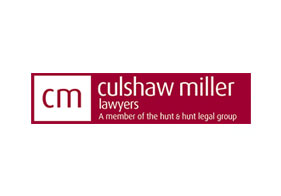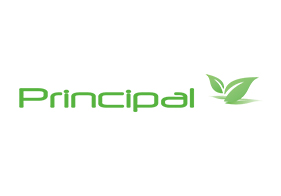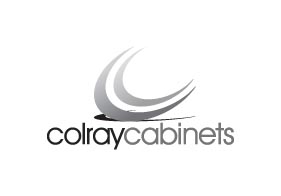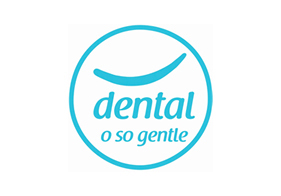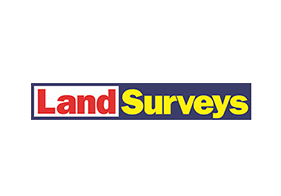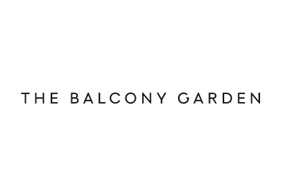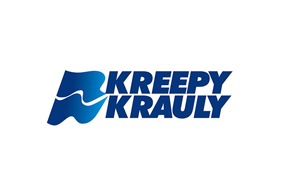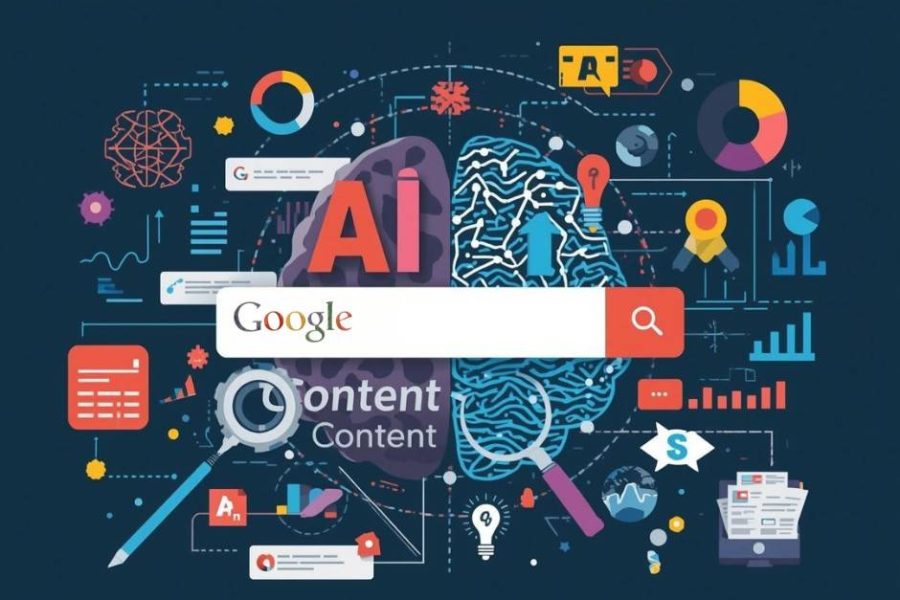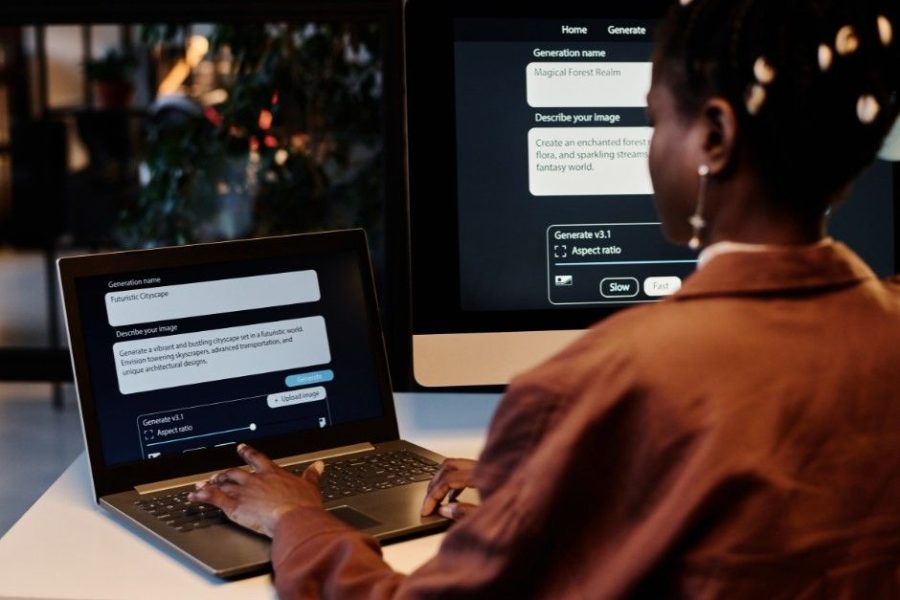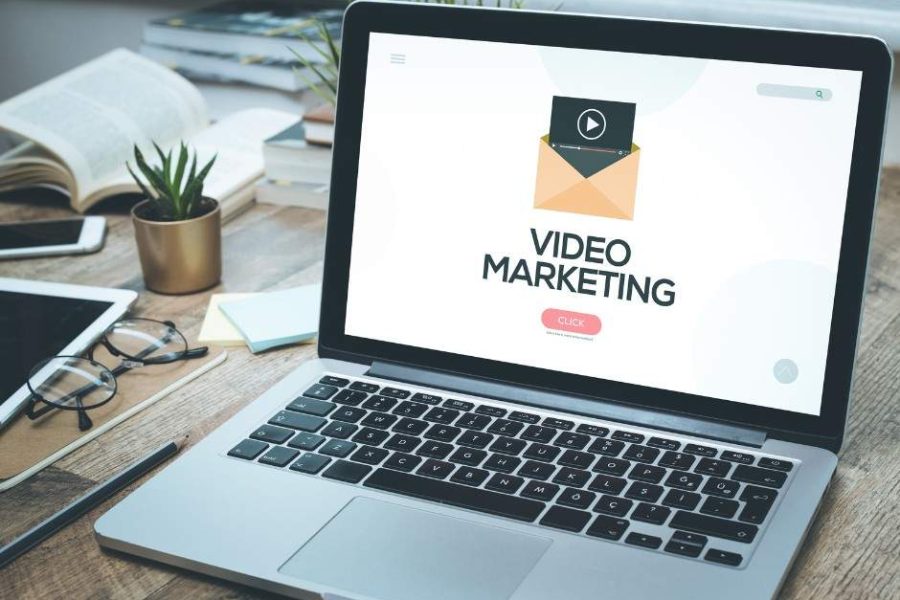Everything seems to be going well from an analytics perspective, but what about sales? Your website is getting all the traffic in the world. The story they have to tell is entirely different. Is that something you’ve heard before? You’re not the only one who feels angry.
The fact is, bringing people to your website is just half the challenge. The magic is all in converting those visitors into paying customers.
This is where conversion rate optimisation comes into play – and let me tell you, it’s something most businesses in Perth are absolutely BUTCHERING.
What Exactly Is Conversion Rate Optimisation?
But before we delve into the nitty-gritty, let’s be clear about one thing. Conversion rate optimisation isn’t only about testing button colours. It’s being clear on why people come to your website and removing any obstacle that prevents them from taking action.
Your conversion rate is nothing other than the ratio of visitors who take an action that you want them to—whether that’s making a purchase, filling out a contact form, downloading something, or signing up for your newsletter.
Here’s the kicker – this is despite them quite literally not even trying to make use of many of the visitors they already have. It’s like having a leaky bucket, and instead of repairing the holes, you just keep pouring more water into it. Not exactly brilliant, is it?
The Psychology Behind Why People Convert (Or Don’t)
People decide with emotions and rationalise with logic. When a visitor arrives at your site, they’re making instant decisions about whether you seem legitimate and whether you can empathise with their problem and provide a solution better than your competitors.
Vast majority of websites fail on this miserably. Many websites are either overly eager to be witty or too focused on self-promotion, neglecting to address the actual concerns of visitors. Your prospects only care about their pain points and whether you can solve them.
This is where good user experience design comes in. At SLINKY, most organisations seem to neglect the part their website’s design plays in conversions. Your website is not just a digital leaflet – it’s your most hardworking salesperson. Read more about the importance of good website design for business success in more detail.
The Fundamentals Every Small Business Should Master
Let’s get into the practical stuff that actually moves the needle. These aren’t fancy advanced techniques; they’re basic fundamentals that most businesses mess up. Get these right, and you’ll be ahead of your competition.
Know Your Numbers (The Boring But Essential Bit)
You can’t improve what you don’t measure. Most small businesses have absolutely no idea what their current conversion rates actually are. They might know they got 1,000 visitors last month and 10 sales, but they haven’t connected those dots to work out they’re converting at just 1%.
Start by identifying your most important conversion points. For most businesses, that’s going to be:
- Contact form submissions
- Phone call inquiries
- Email newsletter signups
- Direct purchases (if you’re selling online)
- Quote requests
Once you know where you currently stand, you’ll have a baseline to work from. And here’s something that might surprise you – the average conversion rate across industries sits between 2% and 3%. If you’re hitting above 5%, you’re doing pretty well. Below 1%? There’s definitely room for improvement.
Page Speed Isn’t Negotiable
I’ll say it again: nobody will wait for your sluggish website. We know that a one-second delay in page load can cause a 7% loss of conversion. Google’s own research with SOASTA shows that as page load time increases from one to seven seconds, the likelihood of a visitor bouncing off your mobile site jumps up by 113%.
This is especially critical for small businesses that are up against larger ones. It’s true your large competitor has the power of a brand sitting behind it, and you do not. Your site needs to be faster.
The good news? The majority of speed problems are actually easily solved by the use of good design and development techniques. Tasks such as optimising images, cleaning up code, and finding the right hosting provider can have a massive impact.
Trust Signals That Actually Work
Clients purchase from companies they have trust in. Seems obvious, right? But most sites are abysmal at earning that trust. Looking professional is only the beginning.
Real trust signals include:
- Authentic customer testimonials (not the canned ones)
- Real-world results with case studies
- Contact information and a physical address that is easily visible
- Professional photography of your real team
- Industry certifications or associations
- Online payment security passes
Here at SLINKY, we know that professional product photography and obsession-worthy branding are some of the best trust-building tools. The logic is that if your visuals are high quality and “real,” then surely the experience you offer will be as well.
The Power of Clear, Compelling Headlines
Your headline is often the first thing people read, and it might be the last if it’s rubbish. A good headline should immediately communicate what you do and why someone should care. It shouldn’t try to be cute or clever; save that for your Christmas party speech.
Instead of “Welcome to Our Amazing Website” (please don’t ever use that), try something like “Perth Landscapers Who Actually Show Up When They Say They Will” or “Family Law Services That Don’t Cost a Fortune”. Specific, benefit-focused, and speaking directly to what your customers want.
Website Design Elements That Kill Conversions
Let’s talk about some of the biggest conversion killers we see regularly. These might seem like small details, but they can make or break your results.
Forms That Are Too Long or Complicated
Here we’ll discuss some of the top killers of conversions that we see time and again. These may sound like minor details, but they can make or break your outcomes.
Too Long or Complex Forms
The more fields you include in your form, the lower your conversion rate will be. It’s that simple. Now ask yourself: should you really have to know their company size, annual revenue, and shoe size before they can download your pricing guide? Probably not.
Keep your forms as short as you can and only ask for information you really, truly need. You can add more details to the story further down the line.
Unclear Call-to-Action Buttons
“Click Here” and “Submit” are the lazy button copy. Your call to action needs to let people know with certainty what’s going down when they click. “Get My Free Quote”, “Download the Guide” or “Book a Consultation” work much better because they manage the customer’s expectations.
Too Many Choices
Choice paralysis is real. Too many options often only lead people to choose nothing at all. This is for your menu, your services and products, and most importantly, your calls to action. Show people a clear path, rather than inundating them with options.
If you need more detailed advice to start maximising the user conversion from your website design, take a look at our full web design tips and convert guide.
Optimised and Tested Approach (That Actually Works)
So where do most small businesses stumble with CRO? They’re trying to split test everything at once, or not testing at all. Both approaches are problematic.
Begin with your most trafficked pages and the most glaring issues. If your contact page conversion is at 2% and your main competitor’s is at 8%, that’s a red flag you’ll want to look into. See what they are doing differently and test similar tactics.
But don’t simply ape your competitors. What works for them might not work for your listeners. The only way to tell for certain would be proper testing.
The Role of SEO in Conversion Optimisation
This might seem obvious, but it’s worth stating: there’s no point optimising for conversions if nobody can find your website. SEO and CRO work hand in hand; you need both to succeed online.
When your website ranks well for relevant search terms, you’re already ahead of the game. People who find you through search engines are actively looking for what you offer, which means they’re more likely to convert than random visitors.
At SLINKY, our approach to search engine optimisation always considers conversion potential alongside ranking factors. What’s the point of ranking #1 for a keyword if the traffic doesn’t convert? We focus on buyer intent keywords and make sure the pages we’re ranking are actually designed to convert visitors into customers.
Local Business Advantage
Small businesses actually have some advantages when it comes to conversion rate optimisation. You can move faster than big companies, you can personalise your approach, and you often have direct relationships with your customers.
Use these advantages. If you’re getting common questions from prospects, address them directly on your website. If customers consistently praise a particular aspect of your service, make it prominent on your homepage. You don’t need committee approval or months of testing; you can implement improvements quickly.
Email Marketing and Follow-Up Sequences
Not everyone who visits your website is ready to buy immediately. That’s completely normal and expected. The businesses that succeed long-term are the ones that stay in touch with prospects until they’re ready to move forward.
This is where email marketing becomes incredibly powerful for conversion optimisation. By capturing email addresses through valuable content offers, you can nurture prospects over time and bring them back to your website when they’re ready to buy.
SLINKY’s email marketing services help businesses create these nurture sequences that turn initial visitors into long-term customers. It’s not about bombarding people with sales messages; it’s about providing ongoing value that keeps you top-of-mind.
Social Proof and Reviews
In a connected world, people check reviews before deciding where to buy just about anything. Your website should make it easy for visitors to read what other customers have said.
But – there is one thing; vague testimonials that sound like they were written by your mum just don’t work anymore. People are looking for detailed, in-depth reviews that address their real concerns and highlight the actual benefits.
Reviews on Google, case studies and video testimonials from actual customers are much more powerful than generic praise. Show these social proof elements throughout your site, not just stuck on a page of testimonials no one looks at.
The Mobile Conversion Challenge
More than half of web traffic comes from mobile, yet all too often websites act as if catering to users on a phone is just an afterthought. Mobile-to-desktop conversion rates tend not to be as high, but this is often because of poor user experience rather than behaviour.
Mobile users are no less ready to spend than desktop users; they just want a website that’ll let them do their shopping efficiently. It includes speedy load times, simple navigation and forms that aren’t a cumbersome nightmare to fill out from a small screen.
It is no longer optional, design-wise. Even if your website isn’t the portal to some mobile utopia now, you are losing customers every flipping second, so don’t worry about that.
Getting Started With CRO
Converting website visitors into customers doesn’t have to be complicated, but it does need to be systematic. Start by understanding your current performance, identify your biggest opportunities, and make improvements based on what your customers actually want rather than what you think they want.
Remember, small improvements can lead to significant results. A 1% improvement in conversion rate might not sound like much, but if you’re getting 1,000 visitors per month, that’s 10 additional leads or sales every month. Over a year, that could mean thousands of dollars in additional revenue.
The businesses that succeed with conversion rate optimisation are the ones that treat it as an ongoing process rather than a one-time project. Your customers’ needs change, your market evolves, and your website needs to evolve with them.







